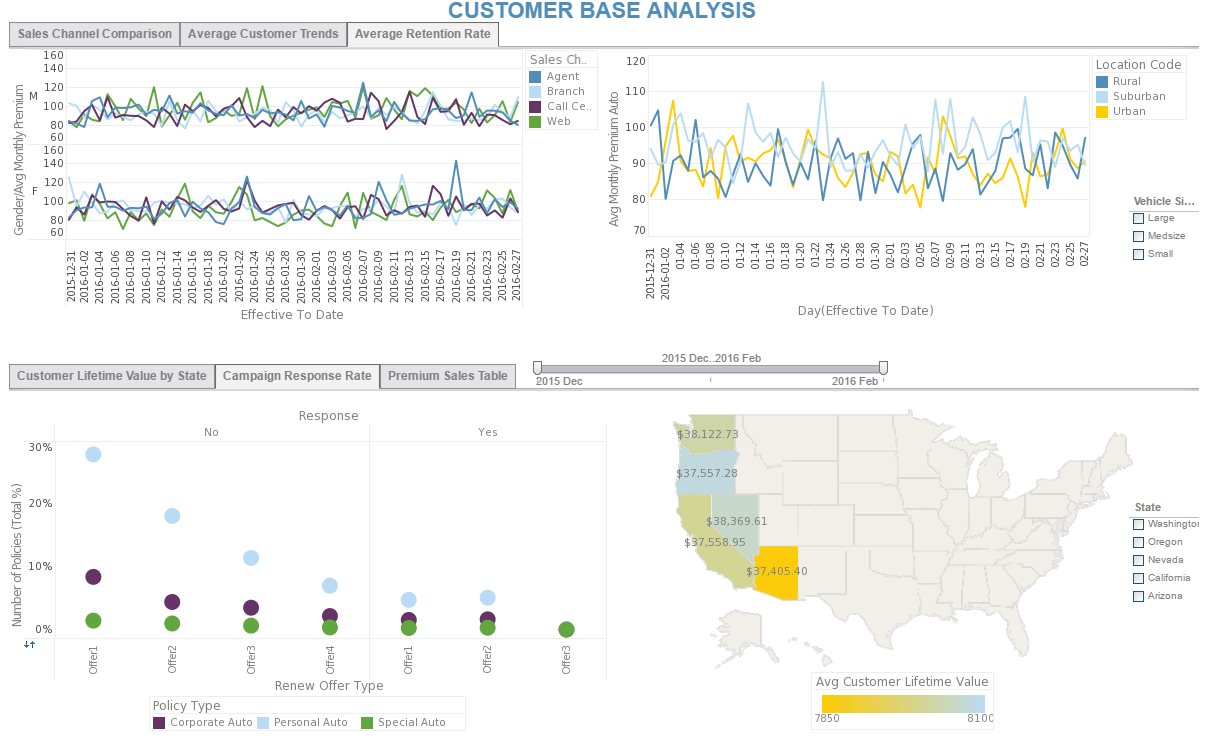An InetSoft BI Webinar: The Scope of a Business Intelligence Strategy
This is the continuation of the transcript of a Webinar hosted by InetSoft on the topic of "The Importance of Having a BI Strategy". The presenter is Mark Flaherty, CMO at InetSoft.
Mark Flaherty (MF): Now let’s talk about the scope of BI strategy, and specifically one of the things I would like to lead off with is objectives. The objectives of your business intelligence initiative have got to be defined. So you have got to make sure of that in the beginning. You actually need to explain what are setting out to do. And I always encourage customers to have the objectives for the BI program be really in tune with the business strategy.
For example, if you are a company that is going to be successful because of superior customer service, or excellent customer support, then maybe from a BI program perspective, that’s where you want to start because it's the way you differentiate the company in your business strategy. Maybe that’s where you actually want to start with your BI program and start measuring things related to customer service.
It's the objectives after all that define the needs of BI, what kind of BI tools are going to support that objective. So, to take an example, if we are dealing with customer support, in my organization I probably have multiple channels where I offer support. There could be a Web-based self-service channel. One hopes to build some sort of metrics into that self-service system so that I can capture data and measure it.
Let's say, tracking the number of abandoned customer interactions, the people who leave before ever getting an answer. Perhaps you offer some kind of a survey at the end of the process that lets them tell you whether they were satisfied with the experience or not. But how I do that in a different channel? Maybe it’s a call center or even an interactive voice response system. The answer will probably be completely different. Use different tools, maybe different skills. So, without understanding the objectives, we can't define the specific BI solutions that are going to get us there.
And then, of course, the beauty is now that you have all that laid out, then you can start describing the benefits of your BI application. So, in the example that we used now, if the online channel is more successful in terms of customer satisfaction than the offline channel, well, then I can actually describe the benefit to the company of knowing that.
First of all, I have cost avoidance. I am saving money right there. If I am getting people to not directly call me on the phone, and instead they go into the online channel. Then secondly, if there is better customer satisfaction in the online channel, then there is a benefit from there as well, probably a bit more difficult to describe in terms of quantitative benefits but it's a clearly benefit for your business success in the marketplace. So you can describe these benefits, and some of them, you can even make sense of in terms of dollars and cents.
And obviously, everybody wants to get to this level of sophistication in the business intelligence, and frankly, it takes a cultural understanding. Once we have decided what we are measuring and why and what the benefits are, we can begin to direct our organization and our culture to look at those issues and to share the information. And so, perhaps I build a BI Center of Competency (BICC) that says, “I need these skills, I need these measures in order to be able to support that goal as measured by the key metrics we have defined.” We share those skills; we share those best practices and ultimately, the whole organization moves together in order to reach that objective.
Let’s talk more about the multifaceted skills you need in such an organization. So the people who run the BI competency center, the ones in charge of the BI program, obviously, they can't be just all about technology. And of course, at the same time, yes, we all know this BI technology is needed to run this all.
And on the technology side, in order to map BI tools now to the needs and get the benefits, I always like to look at three core things that need to be there. One is, you have got to be able to tap all the information you need to cover those business pain-points in order to get those benefits.
So having an end-to-end BI strategy means having information management and getting trusted information, getting all the information you need to make decisions. Secondly, you have got to be able to get decision-quality information to all the right people, so that everyone is empowered and really understands how to make better decisions because now, all the information, everything they need is at their fingertips. And then thirdly, you do want to have an information infrastructure that runs all this in an integrated way, where you don’t have to cobble bits and pieces together to make it work. And lastly, you don’t want it to cost you an arm and a leg.



